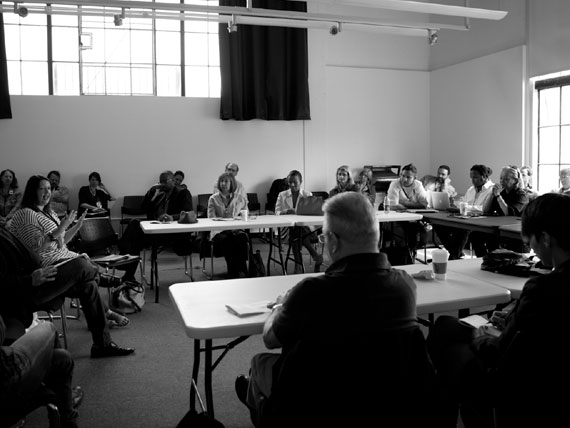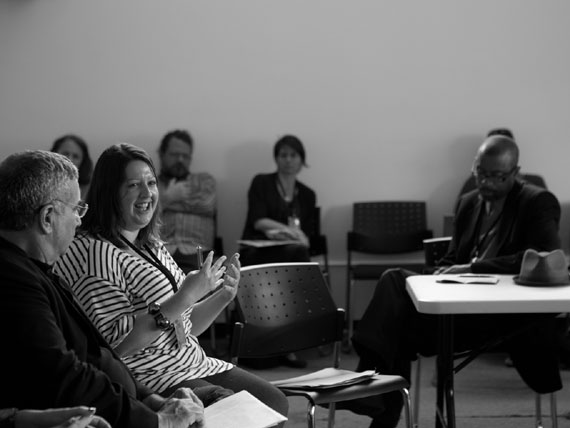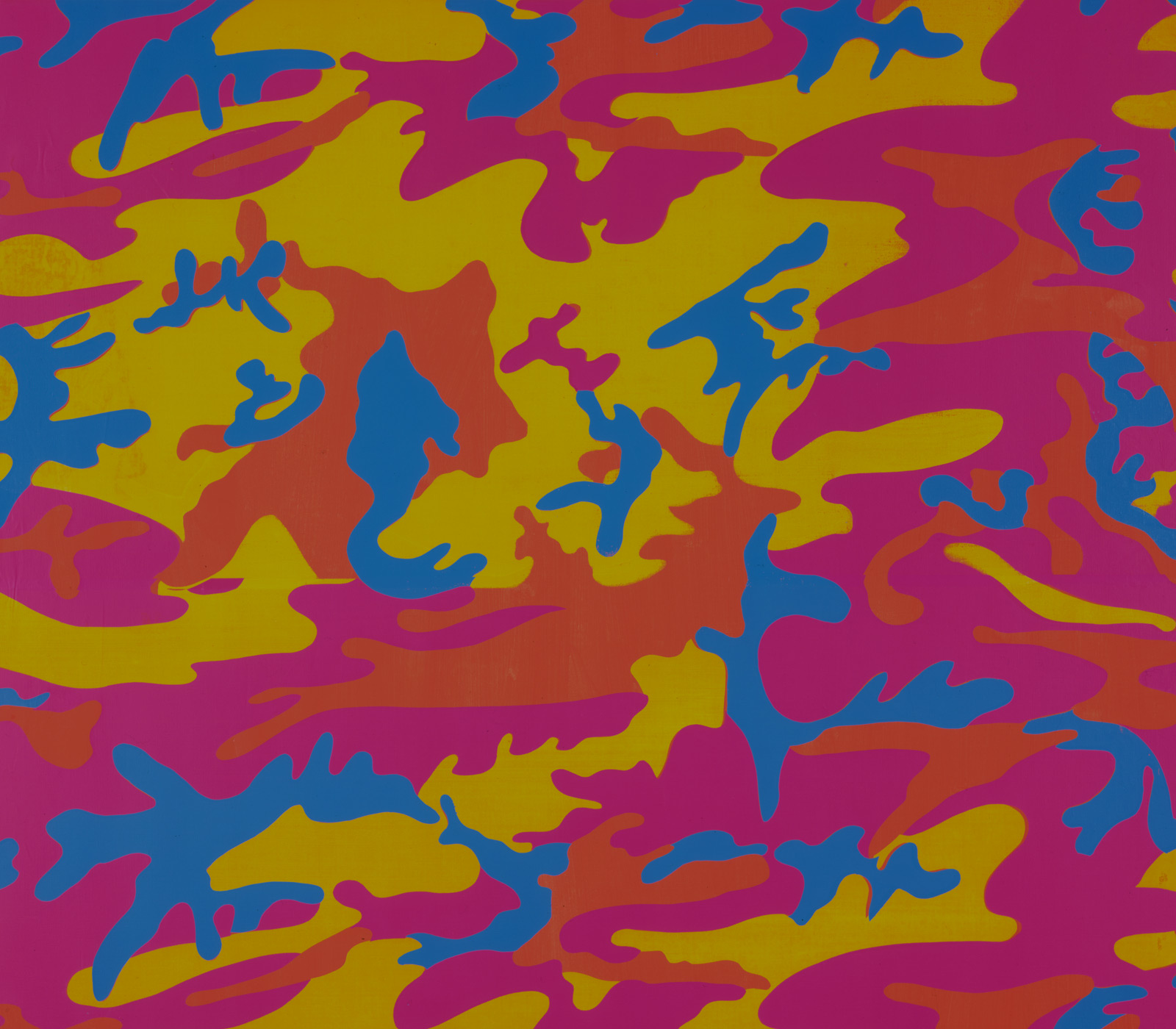How Political Can We Be?
From the unjust detainment of Ai Weiwei to censorship cases from DC to Sharjah, artists and arts professionals are confronting political power and reshaping society on a global scale. This session will share recent case studies on political challenges faced by the session leaders, followed by group conversation on necessary resources. Attendees will participate in break out discussions focused on topics such as: confronting simplistic negative statements that popularly undermine our work (eg why should my tax payer dollars go to art?, etc), can we fundraise around situations of censorship, how do we mobilize the media and community, etc. The goal of this session is for participants to walk away with some tangible tools to address political pressure and shape culture.
Case Study: Creative Time
Case Study: MoCA Tucson
Case Study: Transformer
Presented by Victoria Reis, Transformer; Anne Pasternak, Creative Time; and Anne-Marie Russell, MOCA Tucson; with Phil Aarons, Board Member at Creative Time & Printed Matter.
Phil Aarons and Anne Pasternak of Creative Time began the session with the discussion of incident that challenged their level to which the gallery could engage in politics. Aarons described being approach by one of their artists who wished for a political party as her project. The artist wanted the party to focus on illegal immigration and have an illegal immigrant run for political office. When Creative Time ran the proposal past their pro bono lawyers they were told that the project was “over the line” and that they should not do it. Aarons explained that IRS provisions prohibit two political activities for 501(c)(s) organizations: 1) “substantial lobbying” and; 2) active engagement in a political campaign. This does not mean, he elaborated, that a 501(c)(s) cannot be an issue advocate, but they cannot directly participate in a specific campaign (including funding), as their artist proposed.
Victoria Reis, Executive Director of Transformer, recalled an email she received at midnight on December 1, 2010. The email contained an article by Washington Post art critic Blake Gopnik, exposing the censorship of David Wojnarowicz’s A Fired in My Belly at the National Portrait Gallery. Incensed, she said that she “threw down the gauntlet” and called her board of directors the next day, asking to show the censored video at Transformer. That day, they set up a monitor in the storefront window. She said that the gallery got lucky because they “just acted” and could have run into legal problems, as they were showing an abridged version they found on YouTube. Later they decided to contact the artist’s estate, receiving permission to show the video. Transformer garnered media attention from media outlets including CNN, NBC, and even Russian television. One outlet turned their attention from the controversial ants-on-crucifix scene and focused on eleven seconds of pre-masturbation in the video. The incident was then turned into an issue of showing pornography to children—even though the Reis rarely ever saw a child in the gallery’s neighborhood. The news outlet was trying to create a story and called the DC police, suggesting they come check out the gallery. As the police where coming down, Transformer received the full video from the artists estate, as well as educational material about it. At this time, they decided to turn the monitor inwards, blackout the windows, and display the educational material. Reis noted that up until then Transformer was also responsible for misinforming the public about the video, as they were not showing it in its entirety or properly education audiences about it.
Executive Director and Chief Curator Anne-Marie Russell of the Museum of Contemporary Art (MOCA) in Tucson spoke about opening a new building amidst political protests. The city council made the decision to give the space to MOCA, a facility located between a Catholic church and a police station. The first exhibit in the space was partially self-censored because of the nature of the work and MOCA’s neighbors. The exhibition contained numerous works, including posters with the text, “kill the pigs”, created by the 1960s counterculture group, White Panther. The museum decided not to actively promote the work, so as not to draw the attention of their police neighbors. Though there was no art coverage in Tucson, a local reporter decided to do a full story on the exhibition. Russell stated that partially because the posters were the only figurative works in the exhibition, the reporter, with little to no arts background, decided to focus on them. Russell asked him to examine his motivation for wanting to write about these works. After much discussion, he decided not to do the story, possibly saving MOCA from political backlash in a time when the use of taxpayer dollars is at a flash point.
In the question and answer period of the session, much time was devoted to discussing the power social media and the Internet has had in exposing and reacting to issues of censorship and other political injustices. Participants discussed at length the need for an established network that can collect and disseminate information on arts censorship, aiding in effective and efficient action. It was decided that a Facebook page would be created under the name Art JIC (Joint Information Center—a military term). This would be a place for artists and arts professionals to inform their peers of brewing incidents. A list of other pre-existing recourse options was given. This included: Alliance for Justice, National Coalition Against Censorship, and Media Policy.
Updated 8/8/11: Corrected inaccuracies in note taking, and added link to ART JIC page on Facebook.






